Today, more than 30 community residents and allies traveled two hours and 60 miles to Barona Casino to make their voice heard. They traveled to tell SANDAG board members not to gamble away the region’s future by continuing to heavily invest in freeway expansion projects when the community is longing for improvements to public transit, bicycling and walking. They’re longing for #transportationjustice.

Today we heard from community members, students and local organizations including City Heights Community Development Corporation, BAME Community Development Corporation, Center on Policy Initiatives, Cleveland National Forest Foundation and the San Diego Housing Federation.
- Alma, a resident of Sherman Heights, spoke about the need to move away from freeway expansion by telling her own story. Alma lives near the SR-94, where there is a proposal to build extra lanes. Alma’s kids already suffer from asthma, much in part triggered by the air pollution from cars on the freeway neighboring her home.
- Avital Aboody from BAME Community Development Corporation spoke about the need to make transit ridership a viable option compared to driving in a car. In San Diego the average commute time by car is about 25 minutes, whereas transit may take two to three times as long. By investing in public transit systems we can make transit a more realistic option for residents.
- A student from San Diego State University spoke about the need for better bike and pedestrian infrastructure. He rides his bicycle to and from school every day and often finds himself in dangerous situations due to the lack of good quality and safe infrastructure.
These are just a few examples to show how SANDAG’s prioritization of freeway expansion is not in the best interest of the community. Residents continue to demand a plan that prioritizes transit, bicycling and walking infrastructure projects before any new freeway projects.
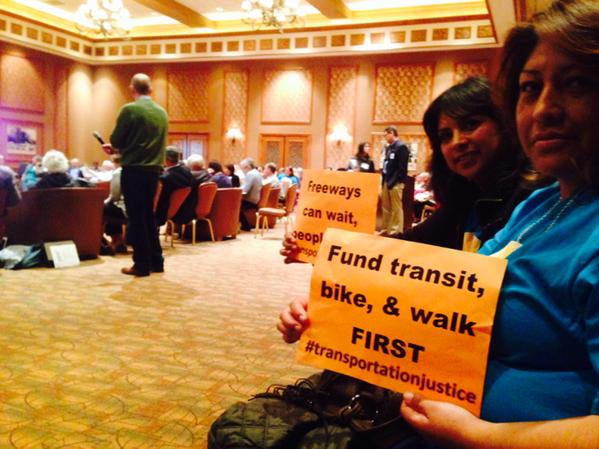
While SANDAG has taken small steps toward building a more sustainable Regional Transportation Plan, the community’s needs remain unmet. The region continues to ask that SANDAG:
- Create a plan that deprioritizes freeway expansion projects to prioritize and invest in public transit, bicycling and walking instead. This leads to greater transportation access and significantly reduces air pollution in communities already overburdened from the air quality impacts of freeways in their neighborhoods.
- Once this plan is developed, treat it as a legitimate option by putting it through the same environmental review process as the freeway-centered plan. Without this review process, our #transportationjustice plan doesn’t stand an equal chance.
To get involved in demanding transportation justice, please contact Monique Lopez today: 619-474-0220 x 130 or email her at Esta dirección de correo electrónico está siendo protegida contra los robots de spam. Necesita tener JavaScript habilitado para poder verlo..
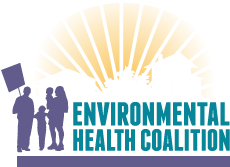


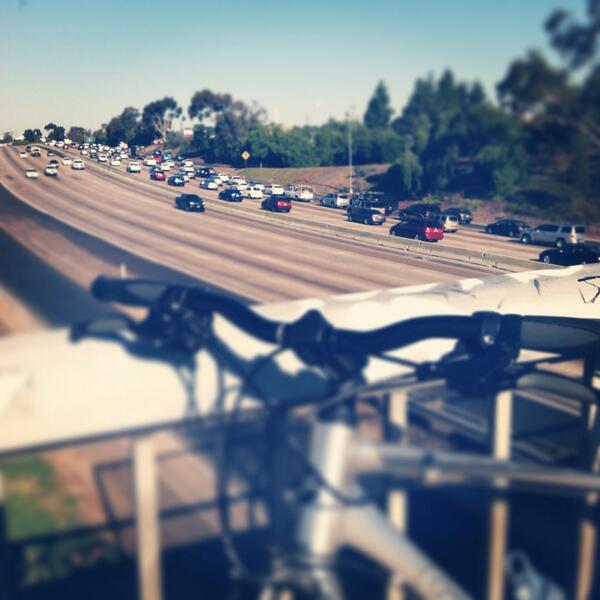
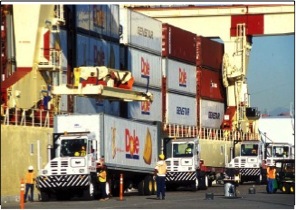 Clean air
Clean air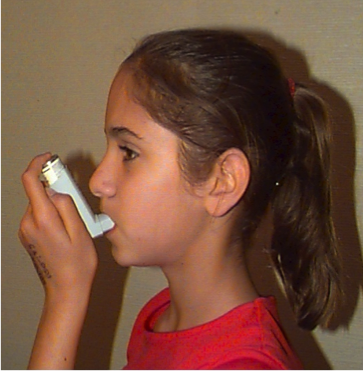 The California Air Resources Board has developed a strategy that shifts what our trucks, trains and ships use to a much cleaner and much healthier system so we can breathe easier -- literally.
The California Air Resources Board has developed a strategy that shifts what our trucks, trains and ships use to a much cleaner and much healthier system so we can breathe easier -- literally. 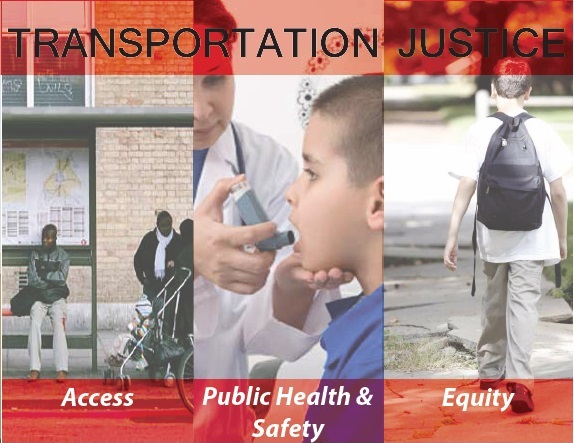
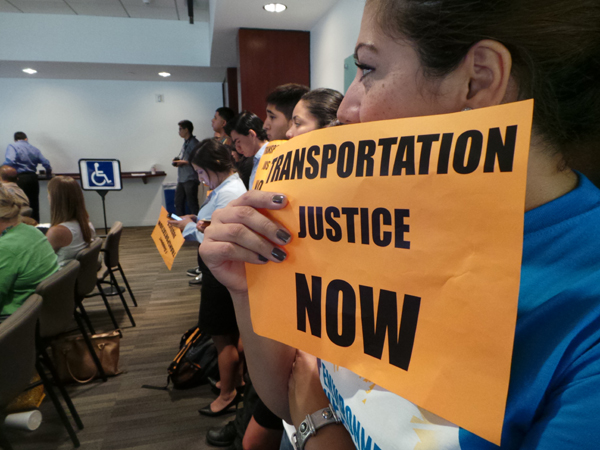 The
The 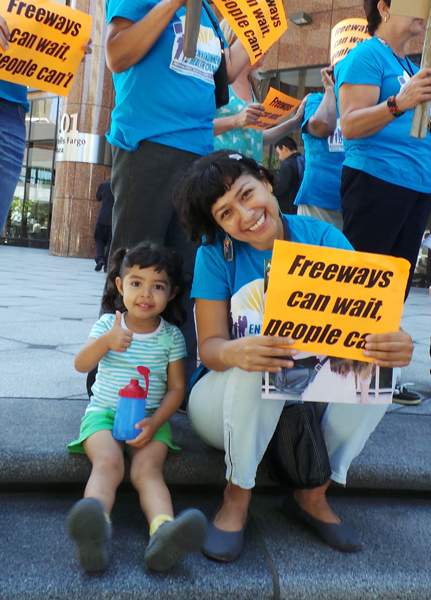
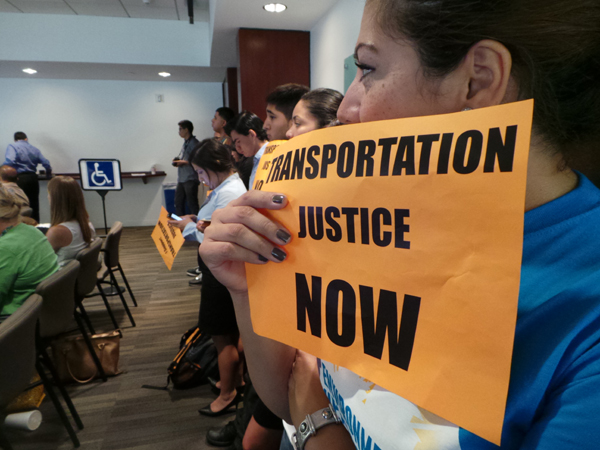

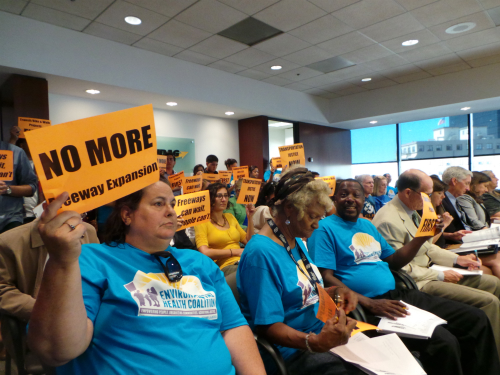 What is going on with transportation justice?
What is going on with transportation justice?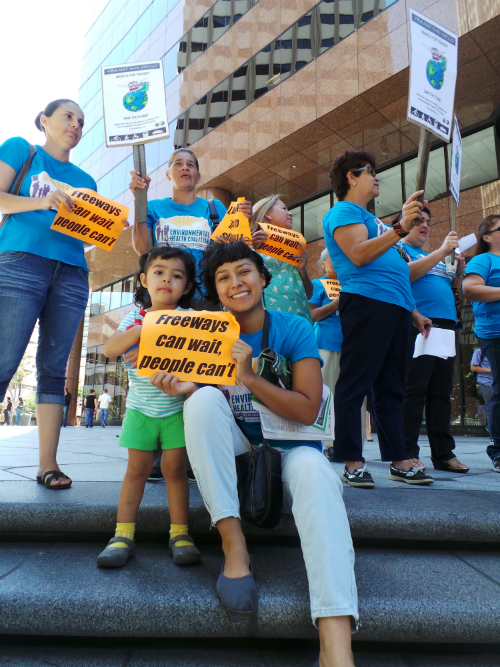 As a result of the residents who protested the freeway-focused scenarios, SANDAG is considering developing a network scenario that puts bicycling, walking and public transit first, but it wouldn't be on the table for consideration to be implemented for at least another four years. For decades, Los Angeles invested in freeway expansion as a means of traffic congestion relief, yet this type of planning and investment only yielded more traffic, gridlock and air pollution. Let's not have the San Diego region learn the same hard lesson that our northern neighbor did. Let's be proactive and implement a plan that puts transit, bicycling and walking first.
As a result of the residents who protested the freeway-focused scenarios, SANDAG is considering developing a network scenario that puts bicycling, walking and public transit first, but it wouldn't be on the table for consideration to be implemented for at least another four years. For decades, Los Angeles invested in freeway expansion as a means of traffic congestion relief, yet this type of planning and investment only yielded more traffic, gridlock and air pollution. Let's not have the San Diego region learn the same hard lesson that our northern neighbor did. Let's be proactive and implement a plan that puts transit, bicycling and walking first.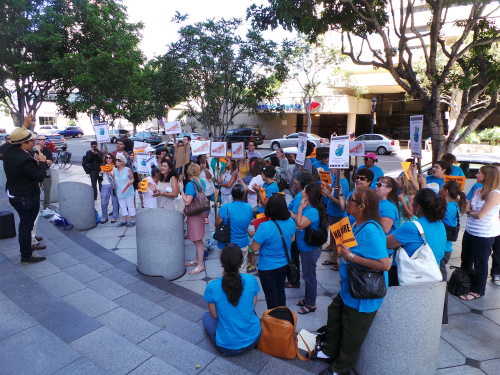 Become engaged in developing a transportation justice network scenario, which puts transit, bicycling and walking investments first. We need you to join us in demanding San Diego prioritize public transit, bicycling and walking before freeway expansion. You can speak up today by sending the below email to advocate for transportation justice.
Become engaged in developing a transportation justice network scenario, which puts transit, bicycling and walking investments first. We need you to join us in demanding San Diego prioritize public transit, bicycling and walking before freeway expansion. You can speak up today by sending the below email to advocate for transportation justice. 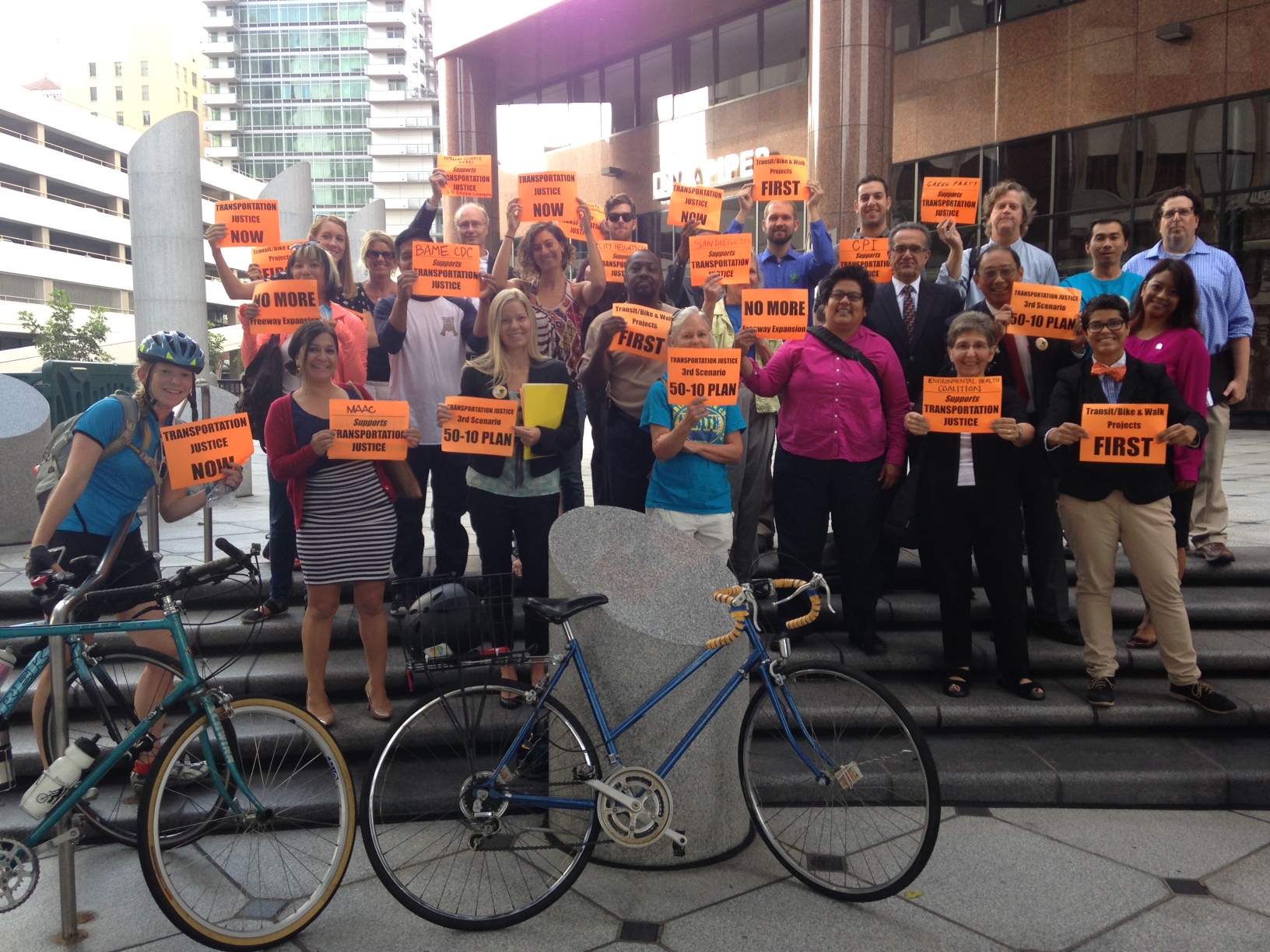


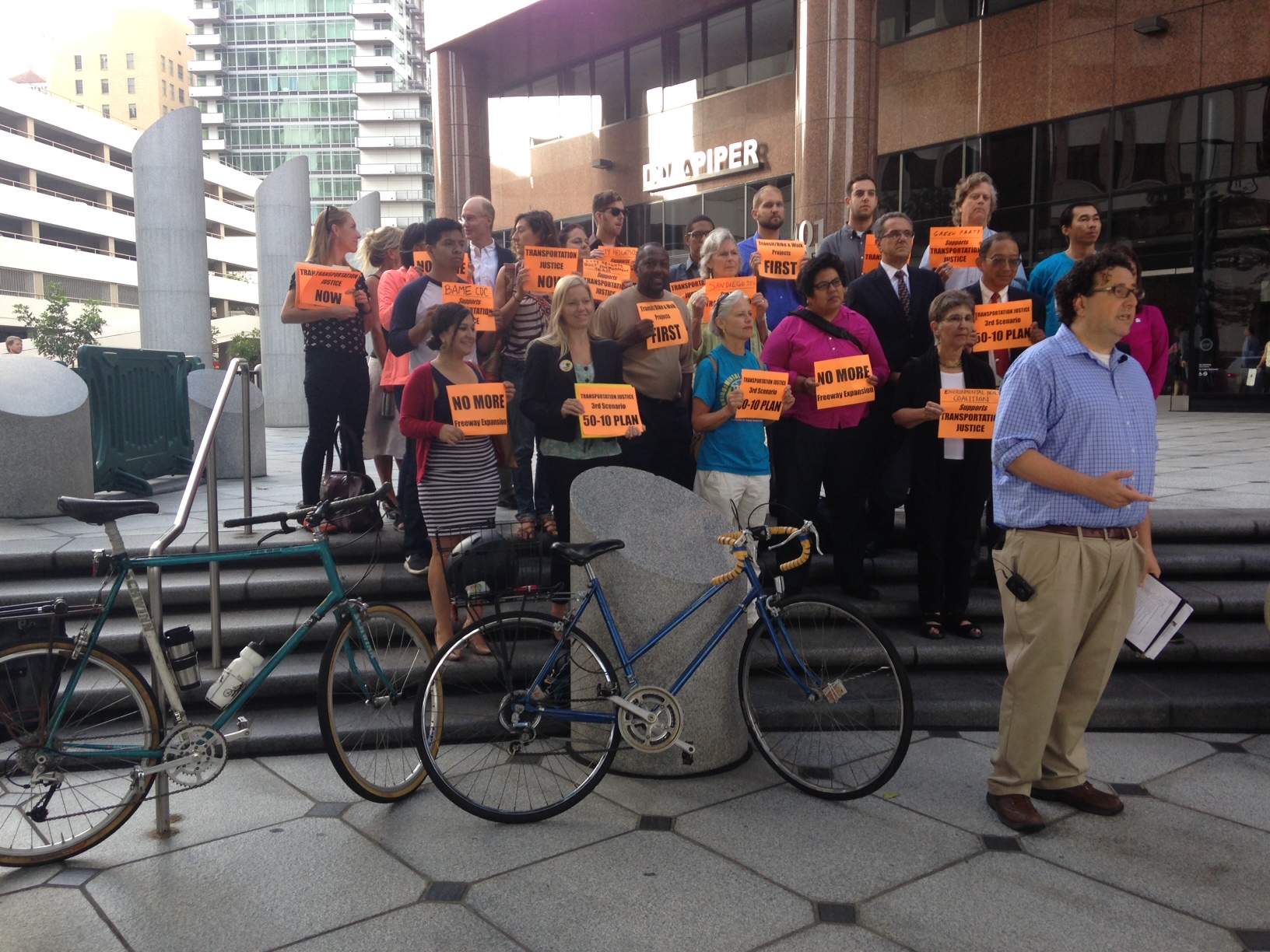 The third scenario represents an opportunity to improve air quality and quality of life for residents of underserved neighborhoods who can't afford public transit, struggle with hours of daily commuting and can't safely walk or bike on existing streets.
The third scenario represents an opportunity to improve air quality and quality of life for residents of underserved neighborhoods who can't afford public transit, struggle with hours of daily commuting and can't safely walk or bike on existing streets.
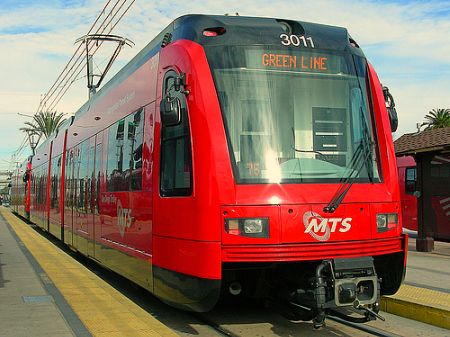 Now we need your help to finalize the plan.
Now we need your help to finalize the plan. 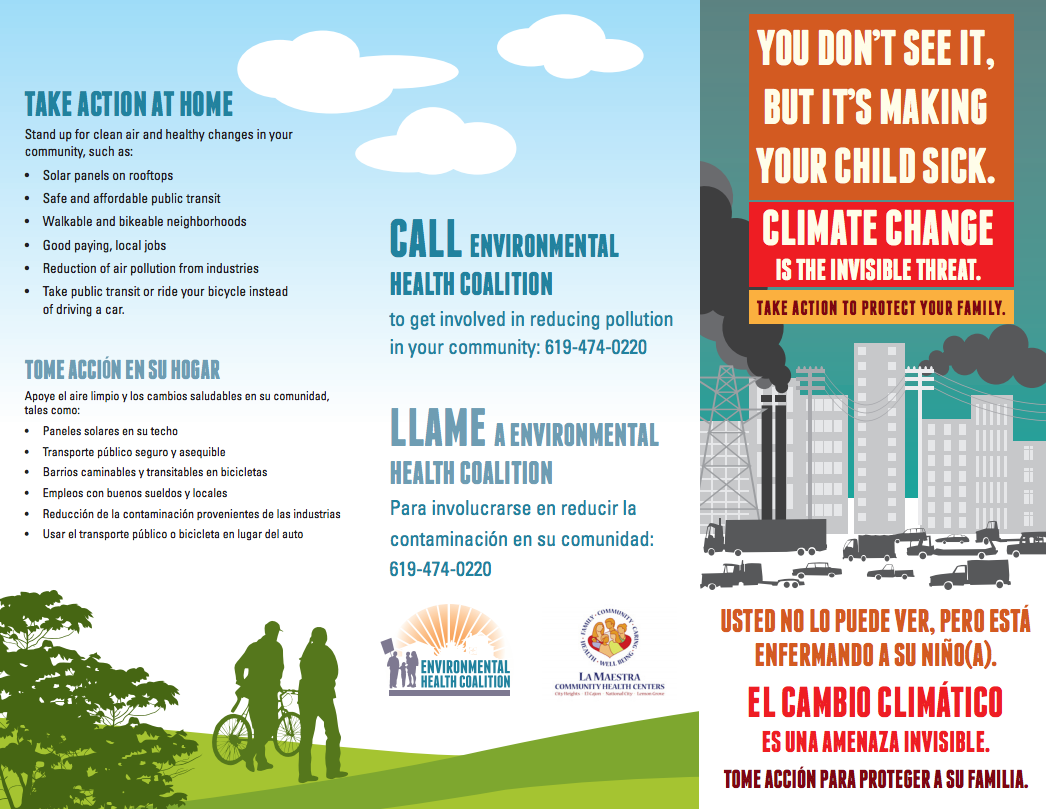
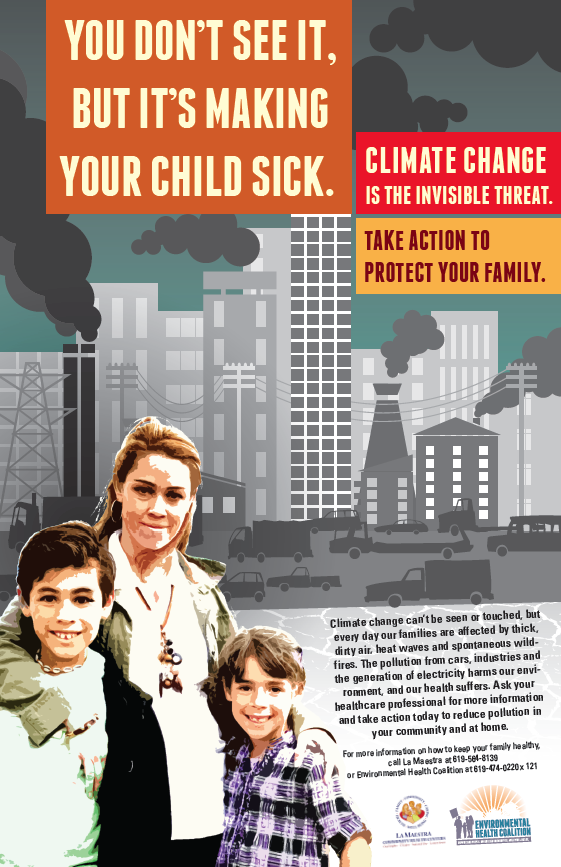
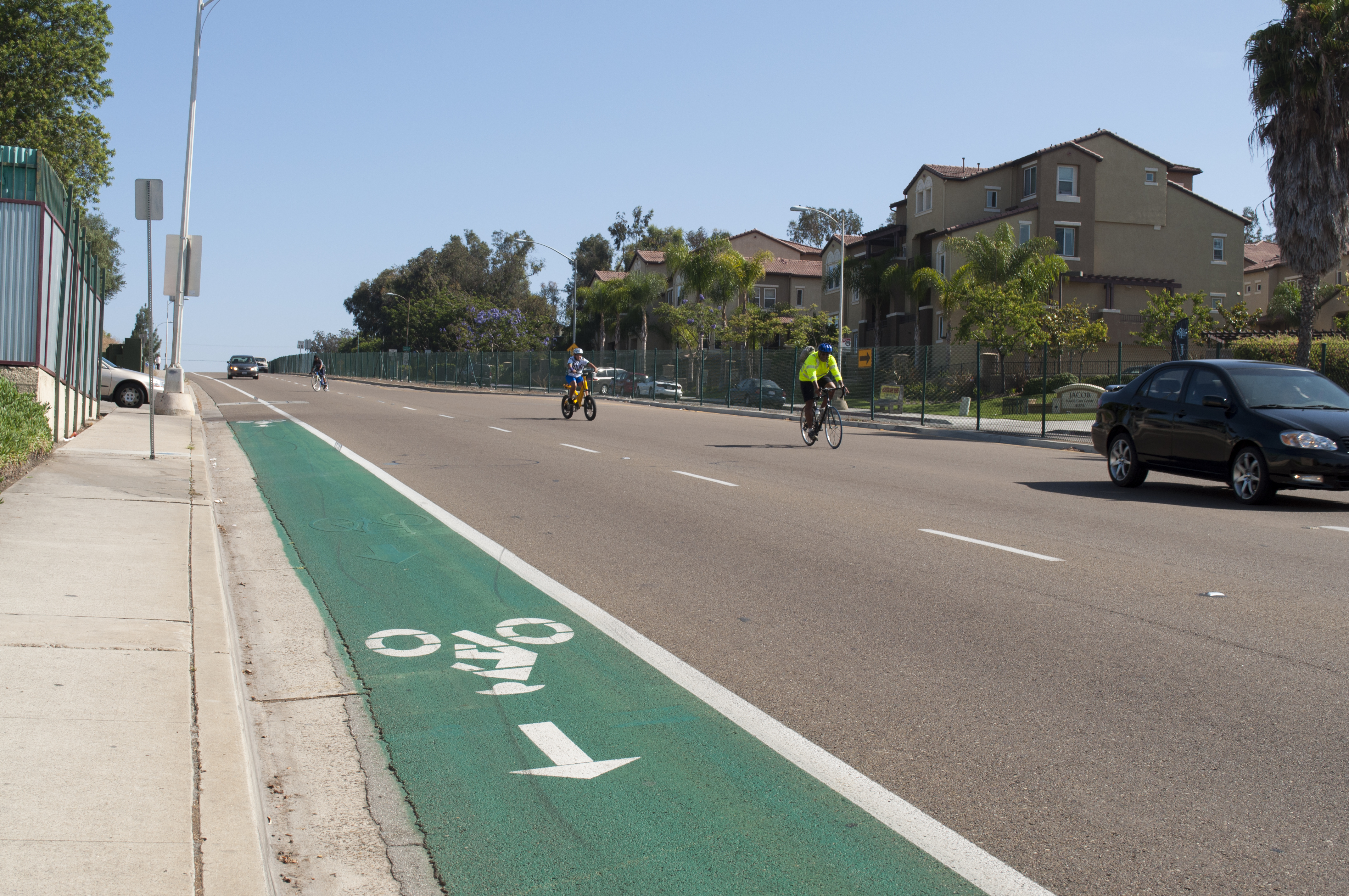 These safe, reliable and affordable transportation options are what we call transportation justice. Transportation justice means all neighborhoods have equal access to alternative transportation and no communities are overburdened with the pollution from cars on neighborhood streets or freeways. It means that the risk of being hit by a car is reduced because bike paths and sidewalks are plentiful. It means public transit is affordable, accessible and convenient and families don't have to walk an hour to the grocery store because they can't afford to take the bus. It means a person does not have to travel two hours each way on the bus to get to and from work, when the same trip a car ride would only take 20 minutes.
These safe, reliable and affordable transportation options are what we call transportation justice. Transportation justice means all neighborhoods have equal access to alternative transportation and no communities are overburdened with the pollution from cars on neighborhood streets or freeways. It means that the risk of being hit by a car is reduced because bike paths and sidewalks are plentiful. It means public transit is affordable, accessible and convenient and families don't have to walk an hour to the grocery store because they can't afford to take the bus. It means a person does not have to travel two hours each way on the bus to get to and from work, when the same trip a car ride would only take 20 minutes.
 The
The  We have a great opportunity to get involved in shaping the future of our community. The Port is currently developing its guidelines and plan for the next 50 years. While it has taken some actions to address the negative impacts of its pollution on
We have a great opportunity to get involved in shaping the future of our community. The Port is currently developing its guidelines and plan for the next 50 years. While it has taken some actions to address the negative impacts of its pollution on 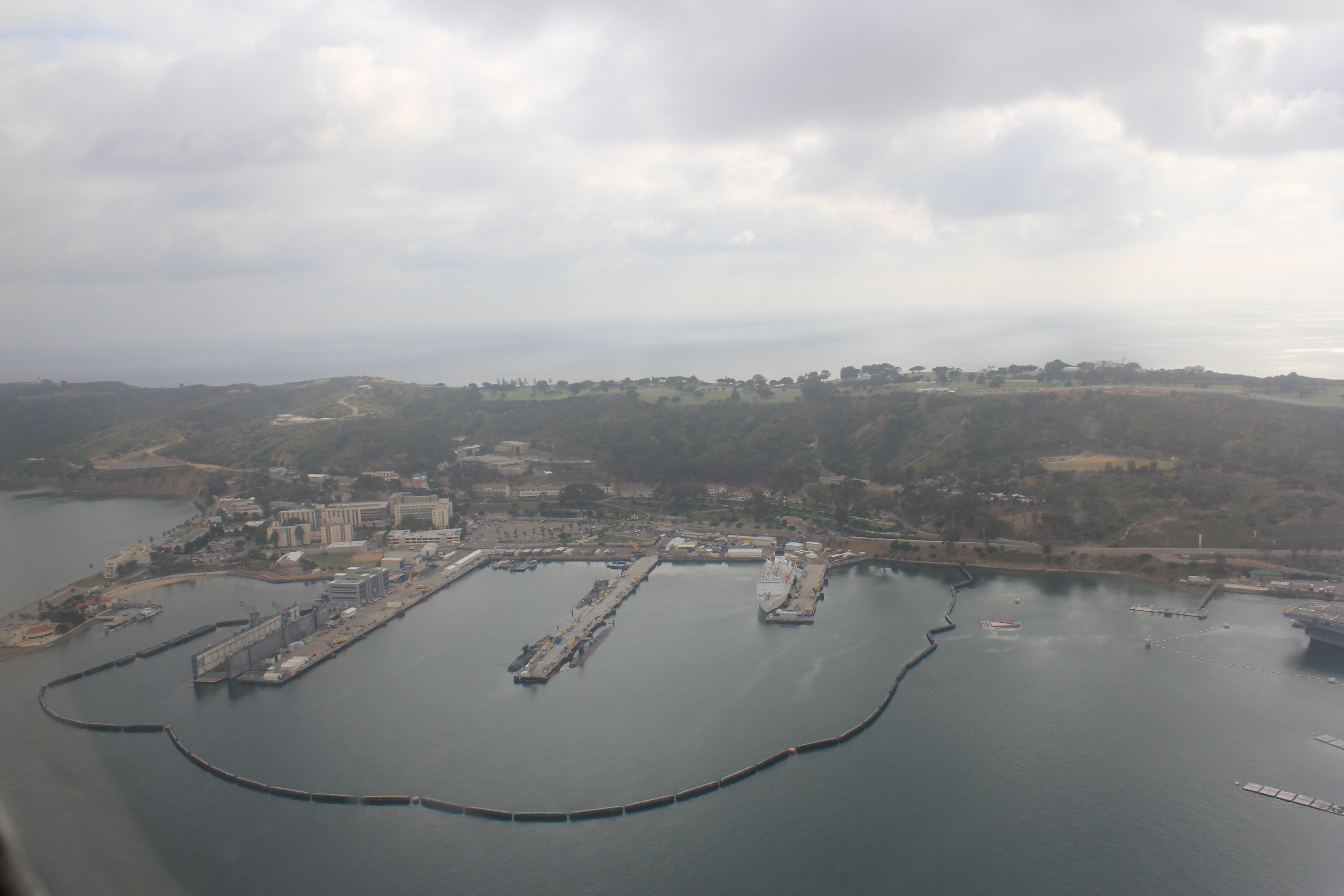 We have a chance to tell the Port that is what we want. Now, the Port of San Diego is asking for our feedback as it drafts a new plan for land and water use for the next 50 years.
We have a chance to tell the Port that is what we want. Now, the Port of San Diego is asking for our feedback as it drafts a new plan for land and water use for the next 50 years.  Tired of seeing your energy bills go up while your air keeps getting polluted from dirty power plants? Brace yourself; we might be in for more of both. On top of the
Tired of seeing your energy bills go up while your air keeps getting polluted from dirty power plants? Brace yourself; we might be in for more of both. On top of the 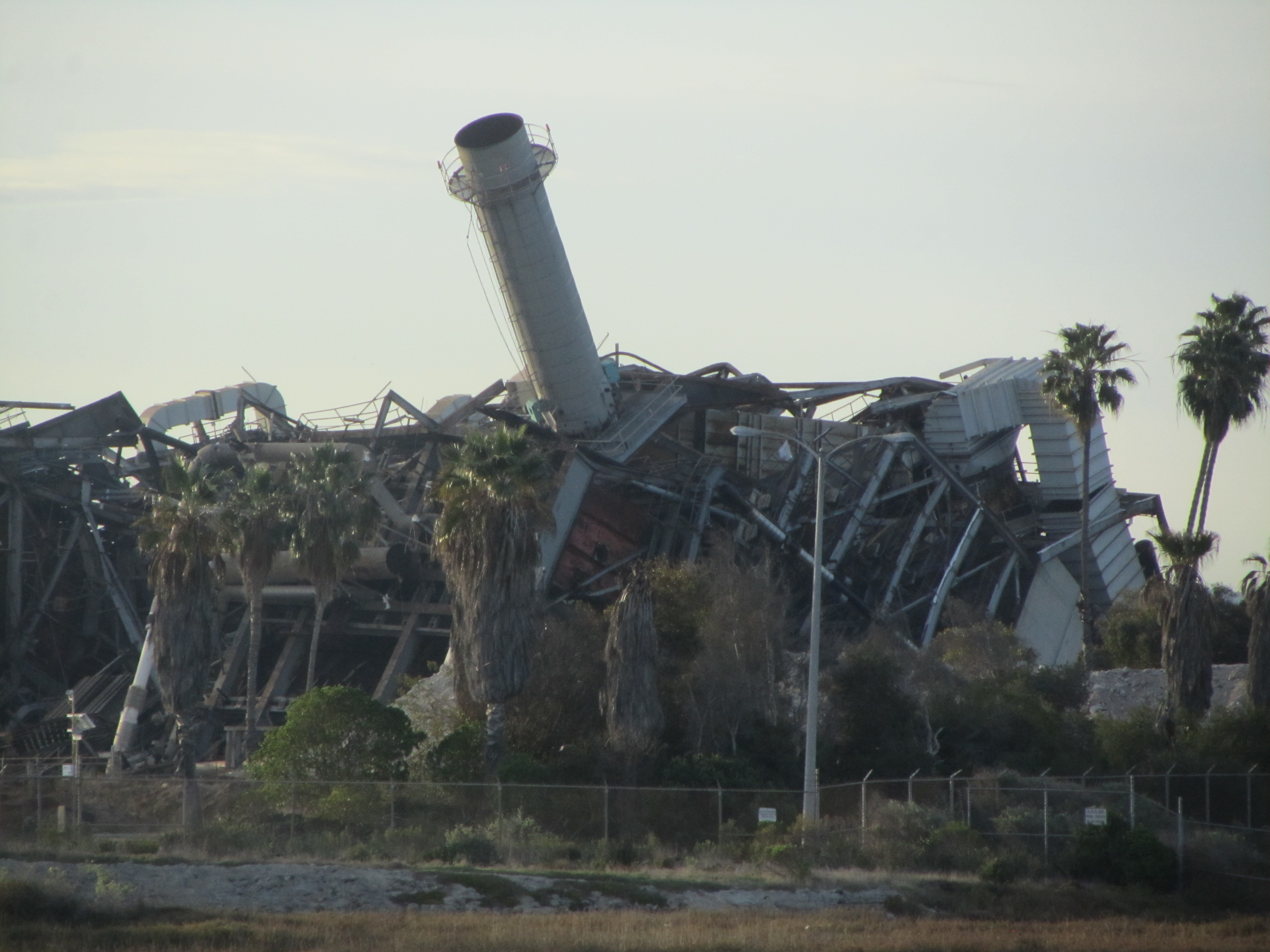
 The Port of San Diego is drafting its plan to guide land and water use for the next 50 years, and we must make our voices heard. On Tuesday, February 18 and Wednesday, February 19, community members have the opportunity to provide feedback at the two-night
The Port of San Diego is drafting its plan to guide land and water use for the next 50 years, and we must make our voices heard. On Tuesday, February 18 and Wednesday, February 19, community members have the opportunity to provide feedback at the two-night 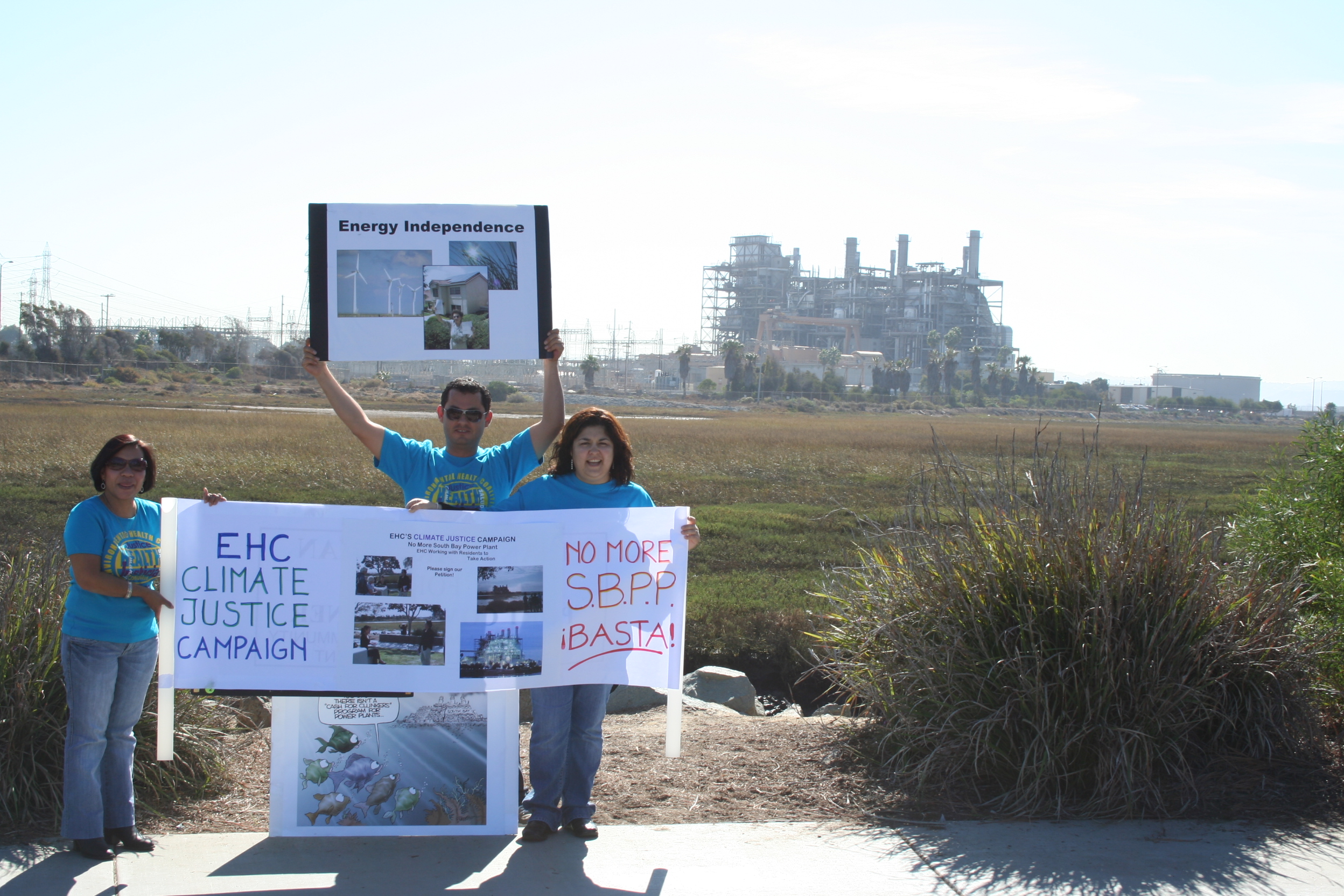

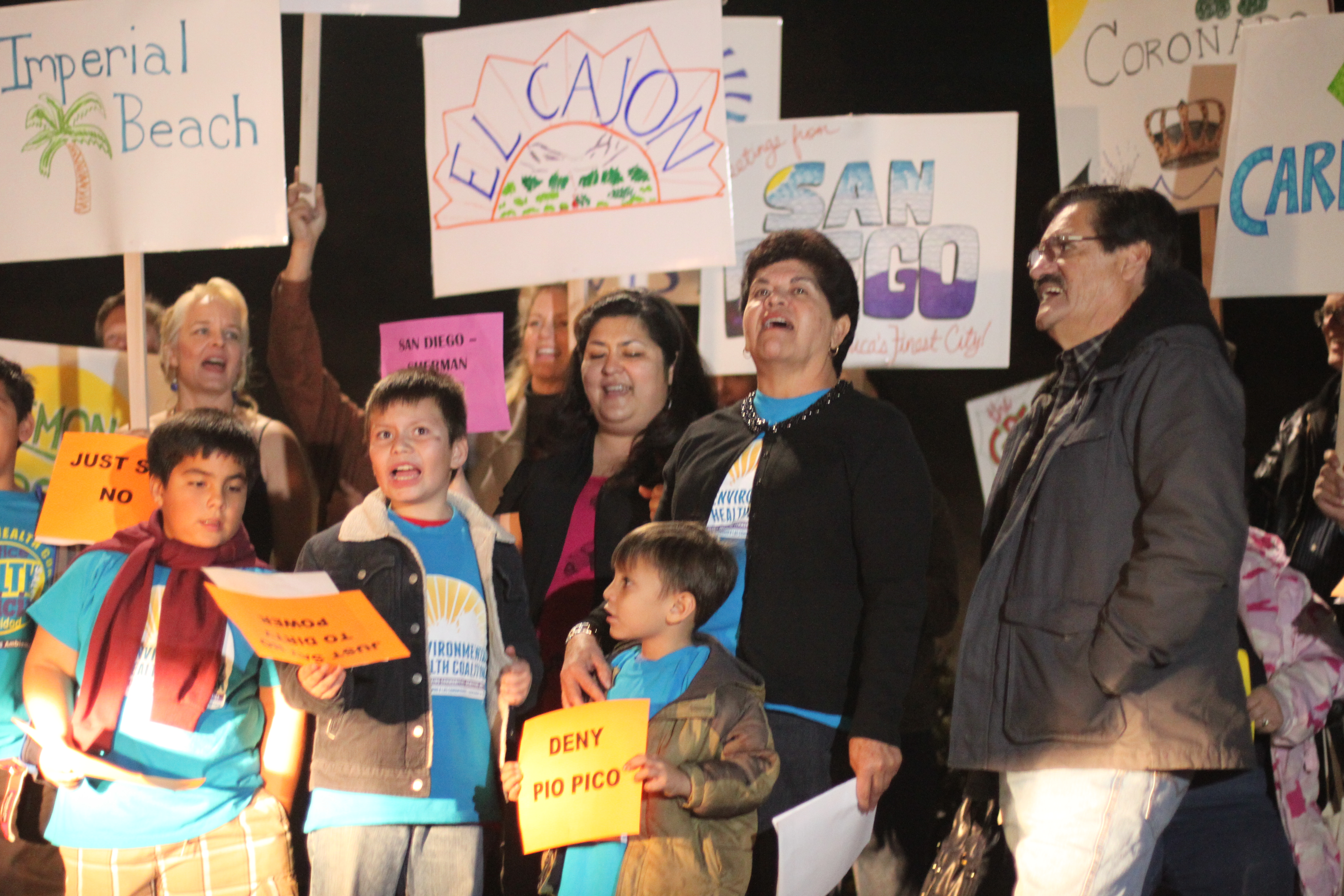 Yo ya estaba muy preocupada por los altos niveles de contaminación del aire – que ya están reconocidos como unos de los peores del estado – y los problemas de salud que la contaminación trae. Pio Pico causaría aún más contaminación – el equivalente de la emisiones de 170, 000 automóviles cada año para los próximos 25 años. Esa contaminación podría tener un impacto negativo a la salud de nuestros niños y acelerar el cambio climático. ¡Mis nietos ya tienen asma y yo no quiero que estén expuestos a aún más contaminación proveniente de una nueva planta de energía sucia!
Yo ya estaba muy preocupada por los altos niveles de contaminación del aire – que ya están reconocidos como unos de los peores del estado – y los problemas de salud que la contaminación trae. Pio Pico causaría aún más contaminación – el equivalente de la emisiones de 170, 000 automóviles cada año para los próximos 25 años. Esa contaminación podría tener un impacto negativo a la salud de nuestros niños y acelerar el cambio climático. ¡Mis nietos ya tienen asma y yo no quiero que estén expuestos a aún más contaminación proveniente de una nueva planta de energía sucia!